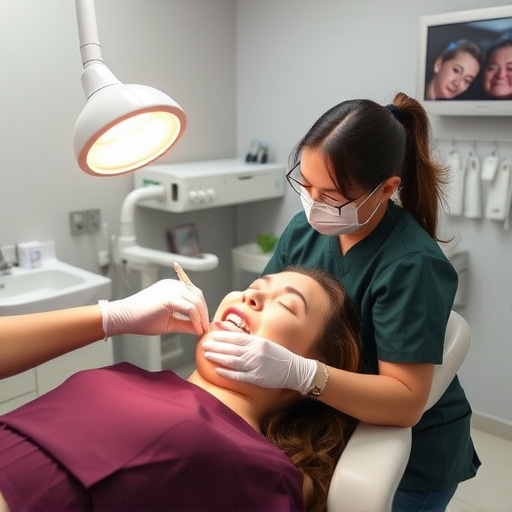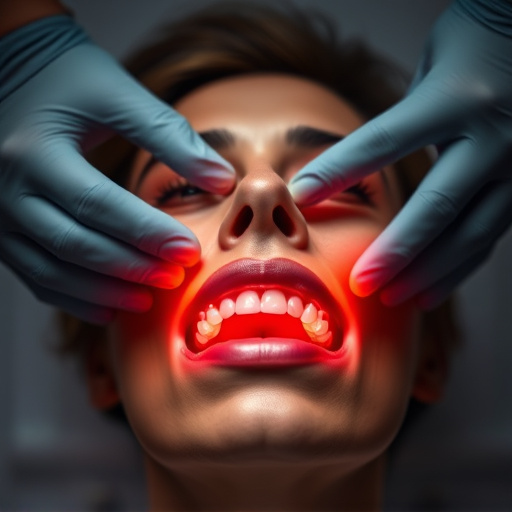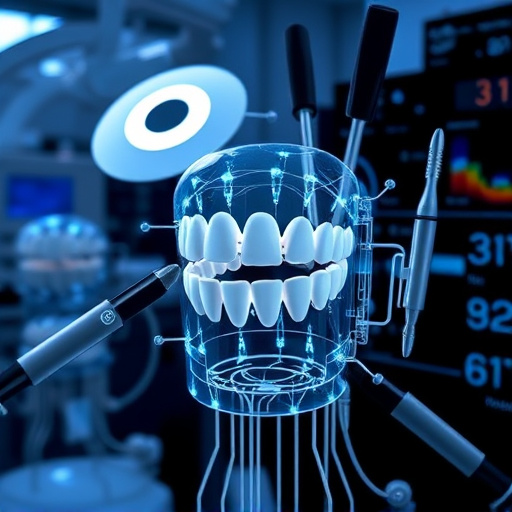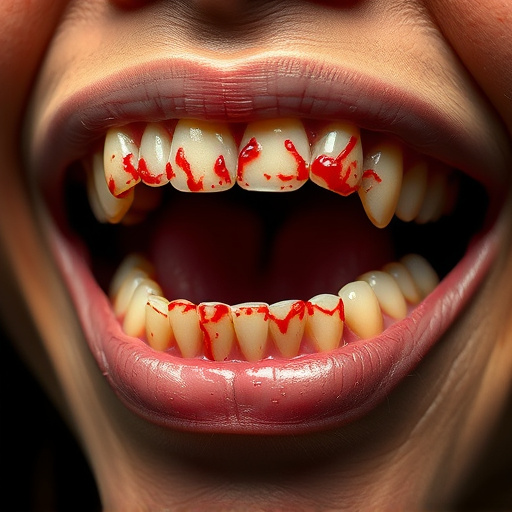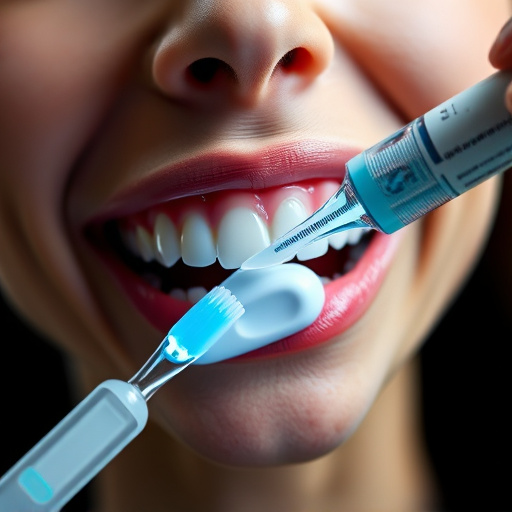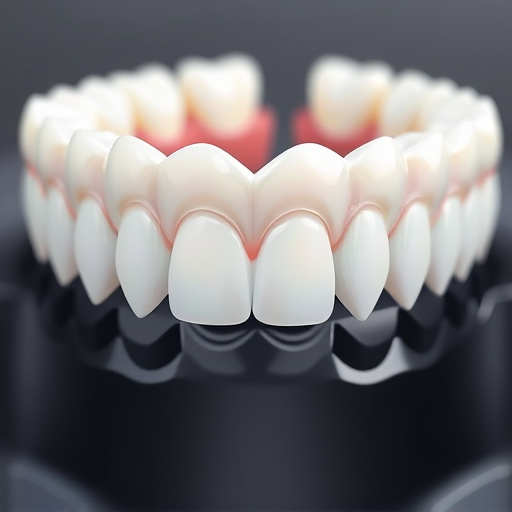3D dental imaging revolutionizes oral care by providing detailed, three-dimensional views of teeth and gums, enabling dentists to detect subtle issues like impacted teeth, bone loss, and gum disease earlier. This technology improves diagnosis and treatment planning for all age groups, from emergency care to cosmetic procedures, ultimately enhancing overall oral health outcomes.
Get a comprehensive view of oral health with the revolutionary power of 3D dental imaging. This cutting-edge technology is transforming dental care by revealing intricate dental details that traditional methods miss. By enhancing diagnostic accuracy, 3D dental imaging enables dentists to navigate complex oral care needs more effectively. In this article, explore how this advanced technology provides a full picture of your dental health, from unveiling hidden structures to guiding personalized treatment plans.
- Unveiling Dental Details With 3D Technology
- Enhancing Diagnostic Accuracy: The Power of 3D
- Navigating Oral Care: A Comprehensive View
Unveiling Dental Details With 3D Technology

The advancement of 3D dental imaging technology has revolutionized the way dental professionals examine and diagnose oral health issues. Unlike traditional 2D X-rays, which offer a limited view, 3D imaging provides an accurate, comprehensive, and detailed picture of teeth, gums, and surrounding structures. This innovative technique captures multiple images from various angles, which are then combined to create a precise three-dimensional model of the mouth.
By utilizing this technology, family dentistry and general dentistry practices can uncover intricate dental details that might otherwise go unnoticed. For instance, 3D imaging aids in identifying issues like impacted teeth, bone loss, gum disease, or even potential sites for dental implants. This level of precision enables dentists to formulate well-informed treatment plans, ensuring optimal oral health outcomes for patients.
Enhancing Diagnostic Accuracy: The Power of 3D

The advancement of technology has significantly revolutionized the field of dentistry, and one such game-changer is 3D dental imaging. Unlike traditional 2D X-rays that provide a limited view, this innovative technique offers an in-depth, three-dimensional perspective of oral structures, enhancing diagnostic accuracy like never before. With its ability to capture intricate details, dentists can now detect even the subtlest abnormalities and issues that might be missed with conventional imaging.
By creating detailed 3D models of teeth and gums, dental professionals gain a clearer understanding of the entire oral cavity. This is particularly beneficial when assessing complex cases involving tooth repair, dental fillings, or the placement of crowns. The power of 3D imaging lies in its ability to visualize the relationship between teeth, gums, and nearby bones, ensuring more precise treatment planning and ultimately improving patient outcomes.
Navigating Oral Care: A Comprehensive View
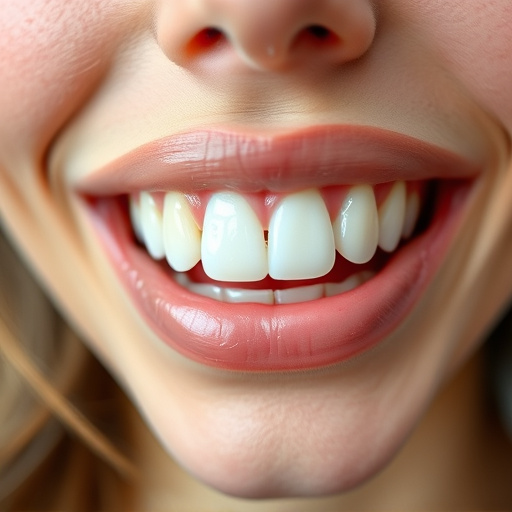
Navigating Oral Care: A Comprehensive View
In today’s digital age, 3D dental imaging has revolutionized the way we approach oral health. This advanced technology offers a full-picture view of your mouth, providing dentists with detailed insights into every aspect of your dental structure. Unlike traditional methods, 3D imaging goes beyond mere visual inspections, allowing for precise measurements and accurate diagnoses. It’s not just about checking for cavities or gum diseases; it encompasses the entire oral care spectrum.
With 3D dental imaging, emergency dental care becomes more efficient as dentists can quickly assess complex situations. Children’s dentistry benefits immensely, enabling early detection of issues that may go unnoticed otherwise. Even procedures like cosmetic fillings gain enhanced precision, ensuring long-lasting results. This innovative approach to oral healthcare sets a new standard, promising better treatment outcomes and peace of mind for patients.
3D dental imaging has transformed oral healthcare by providing a comprehensive and detailed view of dental structures. By revealing intricate nuances that traditional methods might miss, this technology enhances diagnostic accuracy and enables more effective treatment planning. With its ability to capture precise, three-dimensional data, 3D dental imaging ensures better patient outcomes and navigates oral care with unprecedented clarity.



